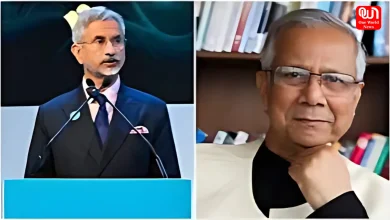Indian Advertisements Promote Women’s Unpaid Labour & we are not okay with it!

Spotting the biases, here is how Indian Advertisements Promote Women’s Unpaid Labour
The saga of finding content glorifying and justifying unpaid work for women never ends. But before we step on to discuss this glorification, many people question how does that even matter. Many people justify their content representation by saying what we see is what we create. And then many consumers of the content will say that is what we see is what we do. This is the vicious circle, a catalyst to which is the content creation industry. And this is why what content is being created and shown to the audience should matter. Especially for the advertising content, which is going to be shown to the masses repetitively. Where there are several areas where creators miss upon hitting the right representation nerve, a very trend observed can be seen in how Indian advertisements promote women’s underpaid labour.
Before dwelling further onto the advertisements, it should be understood that the household is a task, and it’s not a women’s job. But patriarchy has made women do it, without any pay even. It is simply unpaid labour women are subjected to go through.
How Indian Advertisements Promote Women’s Unpaid Labour
Showing a happy and selfless woman doing the household
If there is any household product, it is impossible that you will not find women advertising for it. The woman here is shown as the epitome of power who has one job, that is household and caregiving. And she is not paid for it. And she is happy, very happy, as if ‘giving’ is all that she is fit for and she is getting to do it.
Here are some pictures that will help you recall those ads.
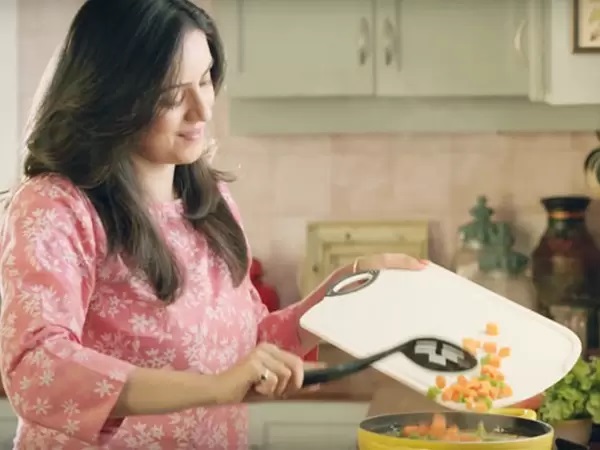
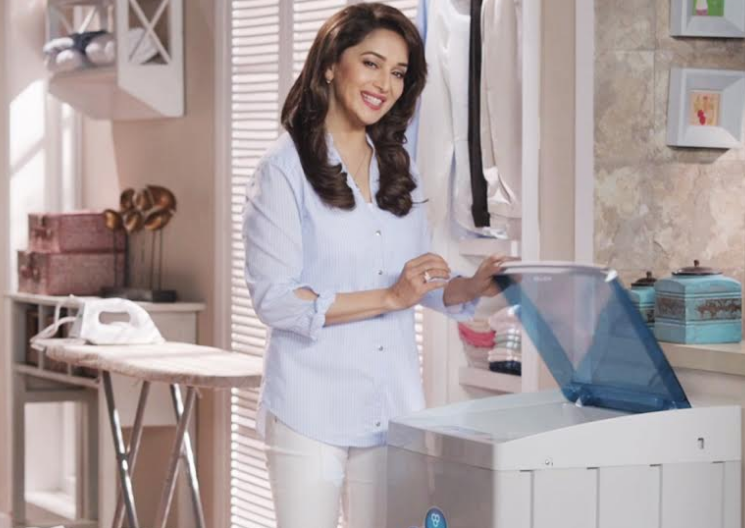

Portraying superwomen
Women are perfect, the saviours, the workaholic, the perfectionists. They are the ones who can multitask, serve the family, do the household, cook food, wash clothes etc. And they do it for no pay, as they are meant for it. They are the superwomen.
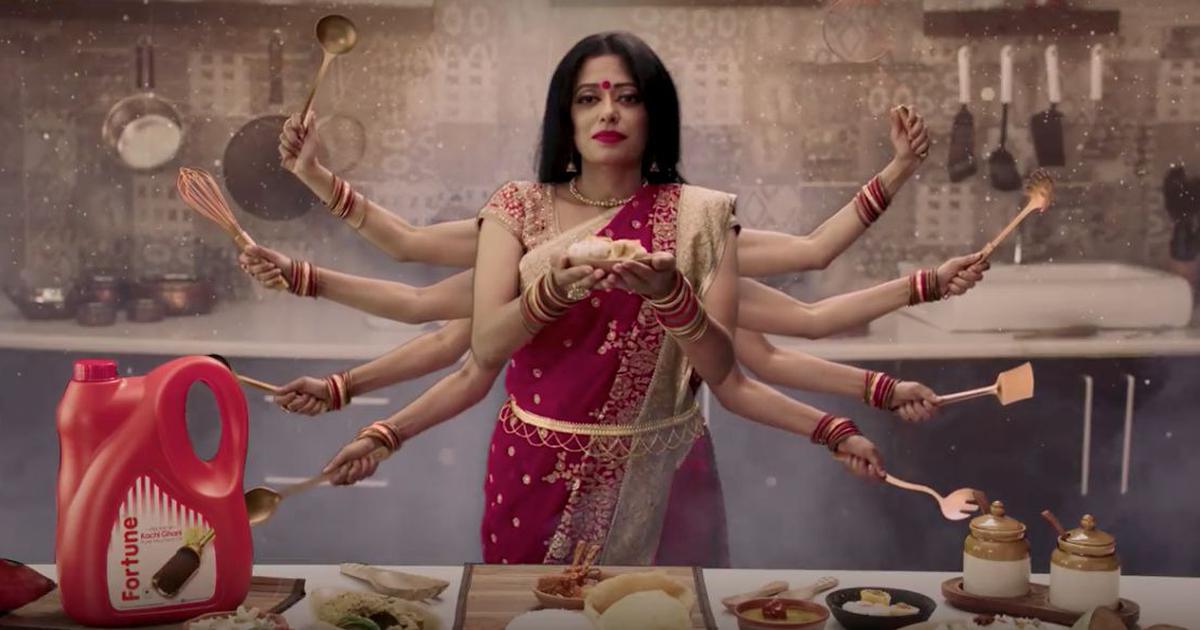
Read More: Israel-Palestine crisis Explained: Why is the world keeping quiet?
Promoting them as the silent sacrificer and supporter
Then the third way in which Indian advertisements promote women’s unpaid labour is by normalizing and justifying the sacrifices women made. It looks as simple as not eating the last bite of the food and using it as an emotion triggering point for the audiences. Or it even shapes the way women are shown directly or indirectly as silent support supporter.
The advertisements that states “Mummi hai toh mumkin hai” or “papa vaise sab mummy k cup ka kamaal hai jisse aap healthy rhte ho” whose outlook looks like they are crediting women, but somewhere promotes women being a silent supporter.
Showing men supporting women with an undertone that they are doing ‘aaurton wale kaam’
Last but not least for how Indian advertisements promote women’s unpaid labour is by showing men ‘helping‘ women in the household that is considered ‘women’s work’. These ads do nothing to break the gender roles. They don’t state that household is not women’s work. What they suggest is that men are helping women in women’s work. The idea that the household is ‘aaurton ka kaam’ remains there, intact.
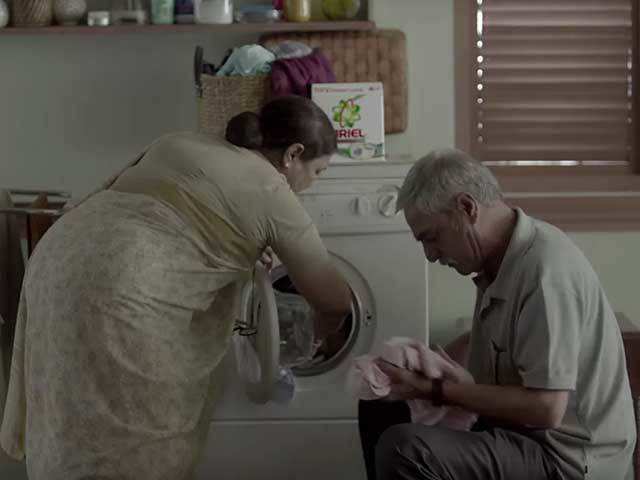

So, these are the few points that we spotted to justify how Indian advertisements promote women’s unpaid labour. Let us know other ways in which unpaid labour by women is promoted or glorified in the comments and we will add them to this list.
Have a news story, an interesting write-up or simply a suggestion? Write to us at info@oneworldnews.com





